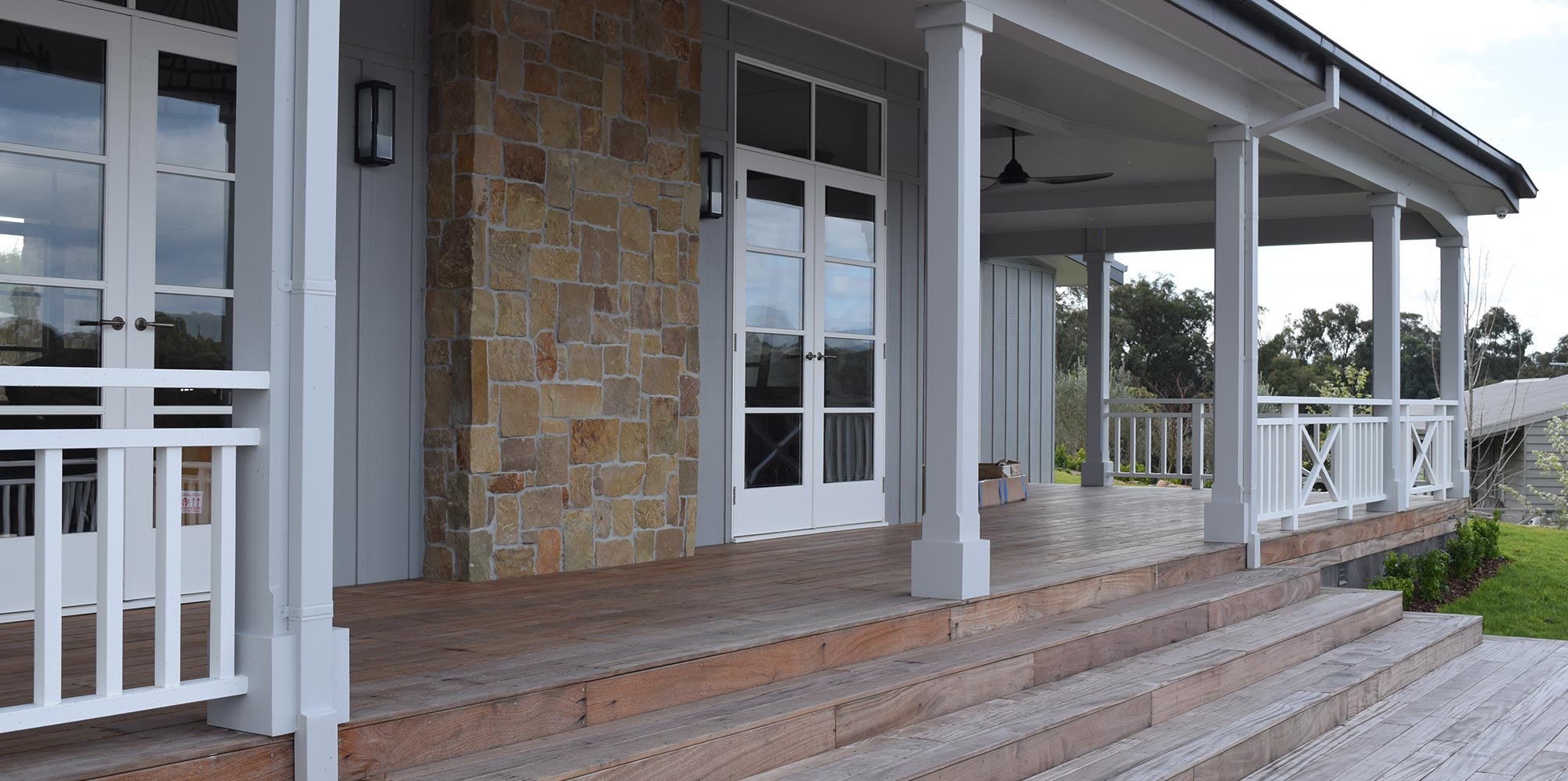While there is not a lot of maintenance involved with having sandstone pavers outside as patios or pathways, there may be times when you notice it could do with a bit of a clean. But what makes sandstone look so dirty, and how on earth do you clean it off?
Sandstone can naturally become dirty for three different reasons: firstly, air borne dirt builds up on the sandstone over time, which can make them appear dull and grey; secondly, algae has been known to grow on pavers when there is moisture present, which can lead to the sandstone appearing black; and thirdly, tree debris from overhanging vegetation can darken the colour of the stone as well as encourage algae growth.
The effects that these dirt and algae growths can have on your sandstone pavers can be greatly reduced by ensuring you do a few simple things every now and then. Regularly sweep and wash your stones with a hose to gently remove any dirt on the surface. This will also discourage the growth of algae and lichen. Make sure to remove any overhanging branches and vegetation to reduce the risk of leaf litter finding its way onto the sandstone. Check your gutters and drains for blockages; the quicker water is disposed of, the less time it was to sit on your sandstone pavers and attract algae.

If your pavers are already fairly dirty, or you have recently spilled something on them, there are some ways that you can chemically clean the sandstone without affecting its quality: household bleach and pool chlorine. While bleach works really well, it is not very environmentally friendly and you will have to stop it getting into your garden. Chlorine, on the other hand, is fast acting – you can sponge the algae and other dirt off the sandstone almost immediately.